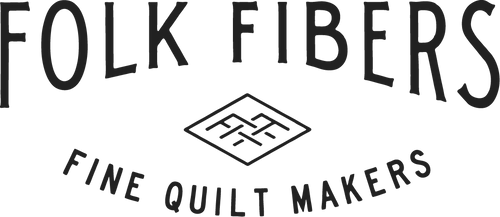Ah at last, my eyes gaze at the source, as my fingers wipe away the fresh yellow-orange sawdust I feel connected, truly connected to the source of the golden color hidden in the heartwood of the Osage Orange tree.

The bois d'arc tree, commonly called Osage Orange is a small deciduous tree. Even though it's name implies, It is not related to the Orange tree, it's an American relative to the Mulberry Tree. Osage Orange occurred historically in the Red River drainage of Oklahoma, Texas, and Arkansas and in the Blackland Prairies, Post Oak Savannas, and Chisos Mountains of Texas. It has been widely naturalized in the United States and Ontario.
Historically the wood was being used for war clubs and bow-making by Native Americans. It's popular because it is strong, flexible, durable, and a beautiful yellow color. I believe the Native Americans were also some of the first to discover the dye properties of the wood.
Osage Orange wood shavings are often seen on the list of mainstream natural dyes, and for a good reason, it's a dominent source for coloring cloth in a range of yellow-orange, and (with the aid of an iron after mordant) mossy greens too. It’s wood is yellow like Fusticwood, and is an equally good dye. The color results are brilliant and I look forward to sharing all their layers of glory in the quilts. Up to this point I was purchasing Osage Orange sawdust, or wood chips online from dye houses such as Dharma Trading and Aurora Silk. Thanks to my friend Jermey Gray who is an all-around outdoor enthusiast for helping me harvest my first osage orange wood pile. You gotta love a guy who carries a chainsaw in the bed of his truck and is ready for tree work at any given time!


Jermey experimented with removing some of the outer-wood before cutting the limb because only the heartwood holds the dye properties. My next project will be figuring out how to best remove the outer-wood from each of my logs. Any suggestions?

The fruit of the Osage Orange tree is often referred to as the hedge apple or horse apple. It contains extraordinary high levels of isoflavone compounds. Studies have found extracts from the hedge apple have health benefits. The fruit grows fairly large, approximately 7–15 cm in diameter roughly spherical and bumpy, and filled with a sticky white latex. For the most part, they are inedible, although not strongly poisonous, eating it may cause vomiting. Folklore believes that placing a hedge apple under the bed would repel spiders and insects. This practice has declined with the rise of synthetic insecticides. However, according to wikipedia, scientific studies have found that extracts of Osage Orange do repel several insect species, in some studies just as well as the widely-used synthetic insect repellent DEET. So there you have it, hedge apples have medicinal properties and are an age-old natural source for repelling insects!



